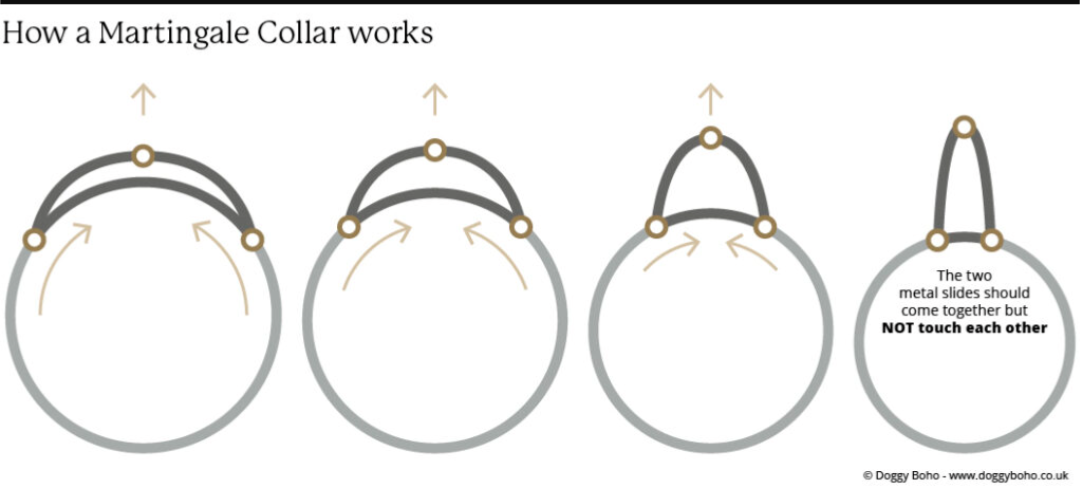Martingale Collar VS Harness
# Choosing the Right Gear for Your Dog: Martingale Collar vs. Harness
As dog owners, our top priority is the safety and well-being of our furry companions. When it comes to controlling their movements during walks or training sessions, selecting the right equipment is crucial. Two popular choices are martingale collars and harnesses. Today, let’s explore the benefits of using a martingale collar and the potential downsides of relying on a harness.
## Understanding Martingale Collars
Martingale collars are designed to provide gentle control without choking your dog. They consist of a main collar that fits around your dog's neck and a second loop that tightens when your dog pulls. This unique design allows you to manage your dog’s behavior effectively, making it particularly useful for breeds with slender necks or those that tend to slip out of traditional collars.
### Advantages of Martingale Collars:
1. **Prevent Escapes**: Martingale collars can keep dogs securely in place, preventing escapes during walks.
2. **Gentle Corrections**: When a dog pulls, the collar tightens minimally, providing a gentle correction without causing harm.
3. **Training Aid**: These collars are excellent for training purposes, promoting better leash manners without the stress that harsher tools might impose.
## The Controversy Around Harnesses
While harnesses are often marketed as a more humane alternative for walking dogs, they come with their own set of concerns. Many owners assume that harnesses distribute pressure safely across a dog’s body, but they can inadvertently encourage pulling, leading to other negative behaviors.
### Negative Impacts of Using a Harness:
1. **Encouragement of Pulling**: Harnesses provide ample support, which can sometimes embolden dogs to pull harder, making walks a struggle.
2. **Potential for Injury**: Certain types of harnesses can put undue pressure on a dog’s neck and shoulders, leading to injuries over time, especially if the dog is larger or more energetic.
3. **Lack of Control**: In situations that require immediate control, such as encountering another dog or crossing a busy street, harnesses may not provide the same level of responsiveness as a martingale collar.
## Teaching with the Right Gear
The gear you choose significantly impacts your training effectiveness. A martingale collar can facilitate positive reinforcement training by allowing you to give a quick, gentle correction as your dog learns to walk politely on a leash. This can lead to quicker developments in good leash habits compared to using a harness, which might encourage less desirable behaviors.
## Conclusion
Ultimately, the choice between a martingale collar and a harness comes down to your dog’s specific needs and your training goals. While harnesses can be beneficial in certain contexts, a martingale collar often provides more control and better training opportunities. Always consider your dog’s unique behavior, size, and training requirements when selecting the right equipment.
If you have any questions about choosing the best gear for your dog, feel free to reach out at [phone number]. Happy walking and training!


